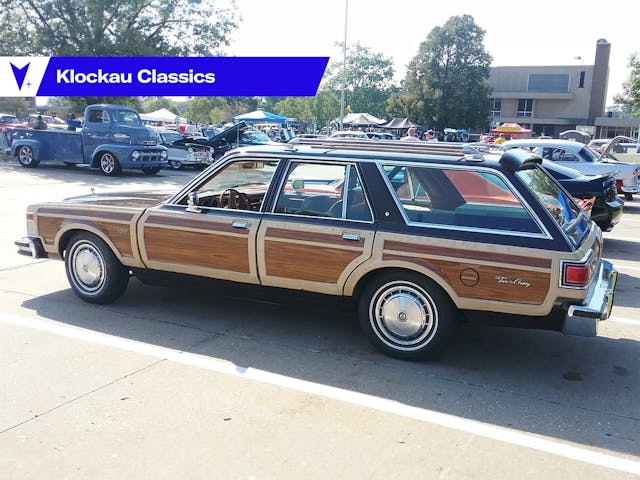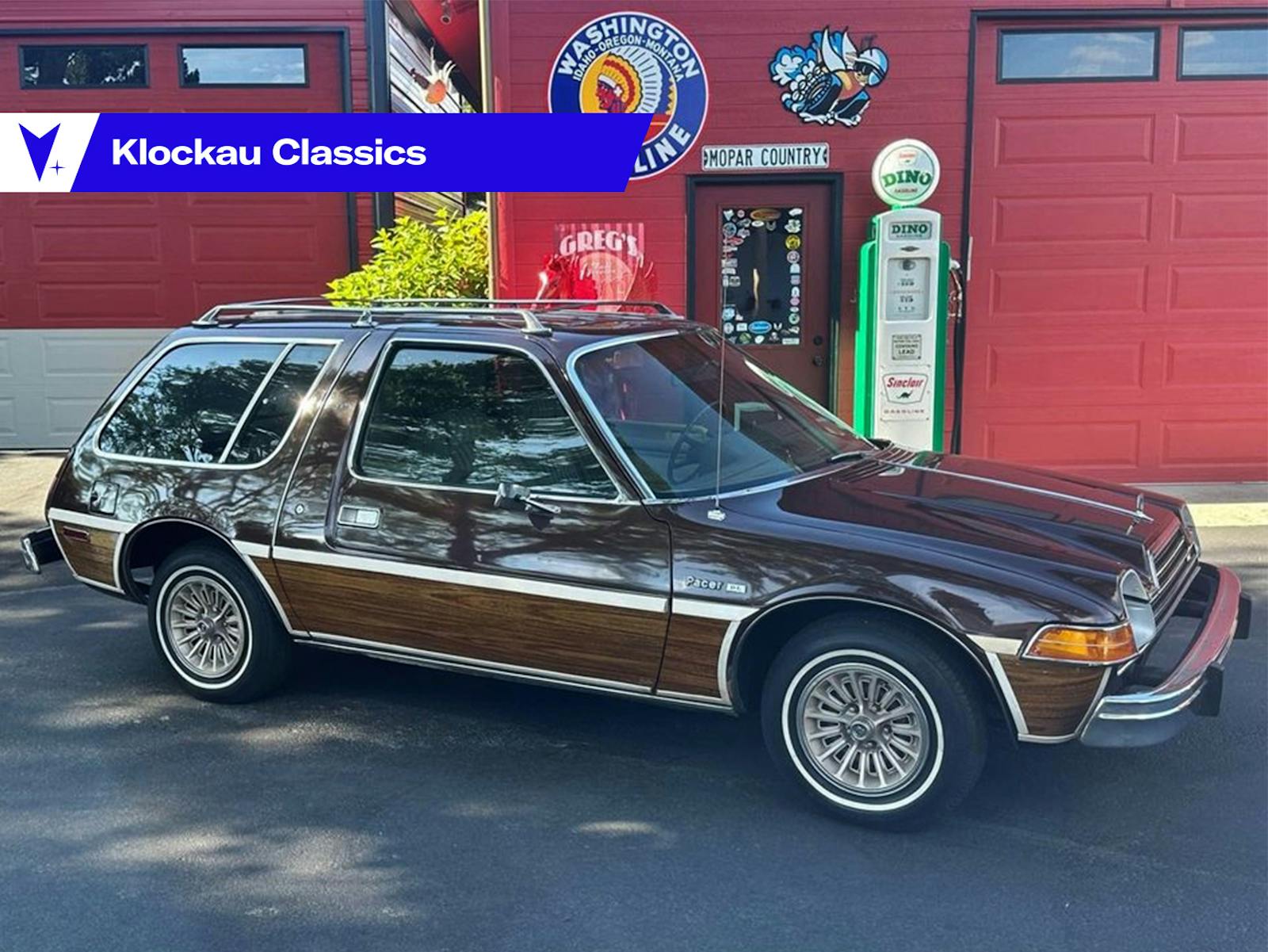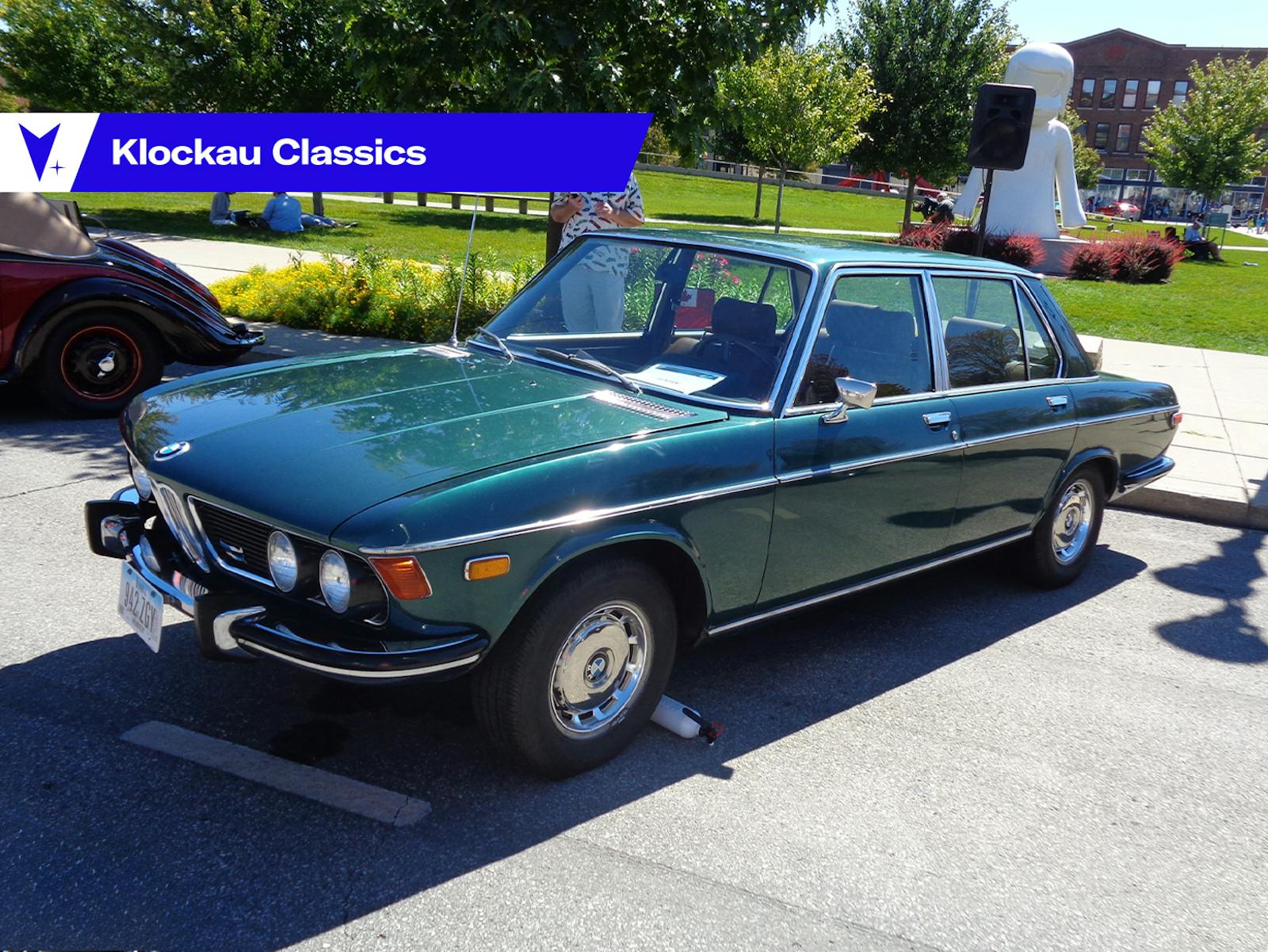1978 Chrysler LeBaron Town & Country: Sleek in Sable Tan Sunfire
For years, Chrysler Corporation’s best and biggest station wagon was the Town & Country. Usually in the New Yorker trim level, they spent the 1950s, ’60s and ’70s sitting loftily looking down from their pricey perch at the less luxurious fare. But a big change came in 1978. For the massive Town & Country was gone, replaced with this trim new version.

It was based on the new LeBaron, which was Chrysler’s response to the sheer-styled 1976 Cadillac Seville, though it was not quite so highly priced. Initially it was thought it would be the new Imperial, but in the 11th hour it became a Chrysler instead. It was still nice, but, you know, not uber expensive.

It was offered midway through 1977 as a sedan and coupe only. A total of 54,851 LeBarons were sold that year. But the full-size 1977 Town & Country was still available. The wagon came a year later. It was the first major change since the late ’40s/early ’50s in what a Chrysler Town & Country was—as those familiar with the harmonica-grilled, wood-sided convertibles and sedans of the early postwar years will attest. And by 1990, the T&C would become a minivan! But I’m getting way ahead of myself.

As for today’s featured wagon, I spent some time trying to track down the pictures. I knew I saw it at the Blackhawk College show, held annually the last weekend in September, but I couldn’t remember the year; I’ve been attending this show since the late ’90s. Turns out it was the 2017 event (September 24). I do recall I got there late, and a lot of cars were leaving—including our featured subject. Fortunately, I got a fair amount of shots of it before it disappeared.

It was really nice. And as the headline above states, it was painted in Sable Tan Sunfire Metallic, according to my 1978 LeBaron brochure. It was a very dark color, but pretty. When I finally located my photo file for it, I initially thought it was black. Those were the days for color options, both inside and outside. The deep metallic brown goes beautifully with the saddle tan leather. Other exterior colors included Cadet Blue Metallic, Mint Green Metallic, Formal Black (I’d choose bright red leather with that choice), Classic Cream, and Tapestry Red Sunfire Metallic.

These may have been smaller than the Town & Countrys of yore, but they were no less luxurious, provided you selected enough options. A lot of things were now extra, unusually so for a Chrysler—including power windows. The optional leather interior was something that hadn’t been available before ’78, as far as I’m aware. The lush interiors and rampant woodgrain trim communicated luxury to any passerby in 1978. It wasn’t like today where it’s hard to tell a Cadillac XT4 from a Honda CR-V.

The ’78 LeBaron Town & Country started at $5724 ($27,420 today) with the six-cylinder engine (yes, a V-8 was optional, possibly for the first time ever?) and $5910 ($28,311) with the V-8. A total of 22,256 wagons were built for the model year—I was unable to find a breakout on how many were sixes and how many were V-8s. Wheelbase was 112.7 inches; overall length was 202.8 inches. In addition to the 225-cubic-inch Slant Six, you could get 318 and 360 V-8s. If a Town & Country with a six-cylinder engine wasn’t shocking enough, it also appears from my brochure that a four-speed floor-shifted manual with overdrive was also standard. Though I can’t believe many, if any, Town & Countrys were so equipped. You’d have to be a real skinflint to put up with that, and the frugal types would likely just get a plain-Jane Volaré wagon instead.

As for the LeBaron T&C, few changes were made for 1979, the most noticeable difference being a new grille. Inflation bumped prices to $6331 ($27,237) for the six and $6642 $28,575) for the V-8 model; 19,932 were built. Come 1980, all LeBarons got a moderate restyling, with “upside down” parking/signal lights situated over the headlights, a more formal grille, and other styling fillips. Production kept dropping, however. While 11,100 were sold in 1980, a mere 3987 were built for ’81, and that was the end of the line. Lee Iacocca was betting the house on K cars, and come 1982 the T&C would shrink yet again—as a front-wheel-drive luxury K car wagon.

***
Check out the Hagerty Media homepage so you don’t miss a single story, or better yet, bookmark it. To get our best stories delivered right to your inbox, subscribe to our newsletters.



When I see this all I can think is the Family Truckster. If you think you hate it now wait hill you drive it.
This is a classic example of when a feature or style has out lived the market.
+1. Wagon queen family truckster
A very nice automobile… it is nicely sized and could be practical to use today…much nicer than a SUV!
Nice ride. My dad had one. Nice driving car that handled well for a car from that era. Compared to a full sized wagon it could carry almost as much.
The obvious connection to the poorly-built and massively-recalled Aspen/Volare couldn’t have helped sales.
My Father had a Dodge Aspen station wagon that was wrought with driveability issues. He got rid of it after a year when the dealer was unable to sort out all of it’s issues.
I can’t say I ever loved the fake wood panels on a wagon. I never understood why people liked them but like all fads it died. Sadly the wagon is practically dead and got replaced by lifted wagons without any fun in them.
My father was a Chrysler executive, bringing home at least two new cars per year, and of all of them across the decades, this specific model (in beige, not blue) was my mother’s favorite.
The original owner really ponied up for all the options on this wagon; sweet seats!! In 1981 my first job with my newly minted driver’s license was at a Dodge dealer, and many of these were being traded on the K-car version of the wagon – even though it was an exciting time for fuel-efficient cars, these T&C were the nicest to drive, by far. Along with the new Cordoba and Mirada, it was an interesting time in the world of Chrysler!
Not sure how the company ever thought that colour was any form of “tan”. Anyway, kinda cool in its way, though.
At antique car shows this vintage dressed up wagon will get lots of attention and enjoyable conversations with onlookers. Nice!